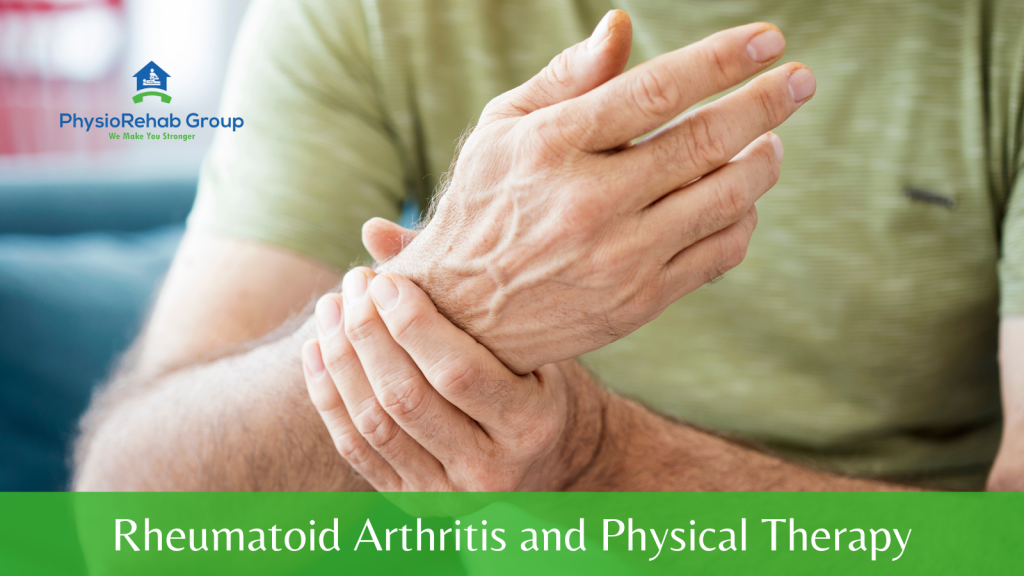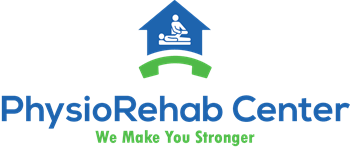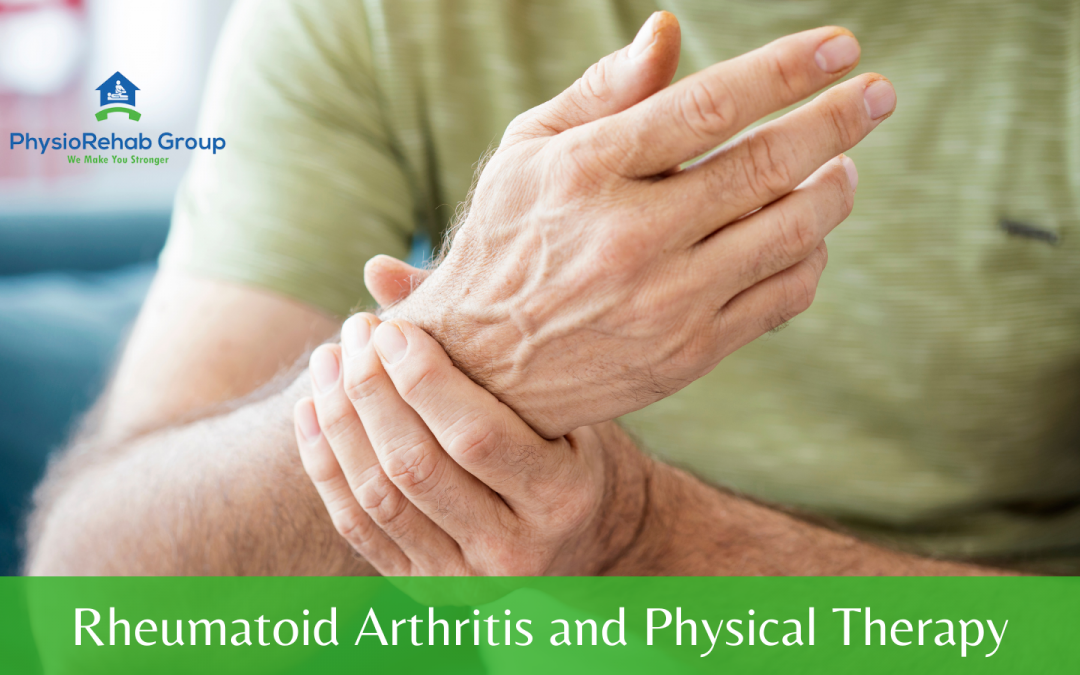
What is Rheumatoid Arthritis (RA)?
Rheumatoid arthritis, or RA, is an autoimmune and inflammatory disease, which causes inflammation (painful swelling) in the affected parts of the body especially in the joints. It happens when the immune system doesn’t work properly and attacks the lining of the joints. The disease commonly affects the hands, knees or ankles, and usually the same joint on both sides of the body, such as both hands or both knees. But sometimes RA causes problems in other parts of the body as well, such as the eyes, heart and circulatory system and/or the lungs.
More women than men get RA, and it usually develops in middle age – the reason is still unknown. Having RA in the family increases the odds of developing RA.
What are the Five common symptoms in RA?
Chronic Fatigue
RA in spite of having an adequate amount of sleep and rest are not able to find the energy to perform the simplest tasks due to inflammation and pain.
Pain or Stiffness in the Morning
A person experiencing muscle stiffness just after waking up in the morning and which lasts 30 minutes or longer, it could be a sign of rheumatoid arthritis.
More Than One Joint is Affected
When pain or discomfort is felt in multiple sets of joints, it could be a symptom of rheumatoid arthritis.
RA tends to affect areas in pairs. For example, if one wrist hurts, chances are the other one will too. Or, if one knee is tight and has lost mobility, the other knee is likely to exhibit the same symptoms.
Issues With Your Eyes, Mouth, or Skin
Some patients with rheumatoid arthritis may experience:
- Eye issues: dry eye, eye redness, or a loss of visual acuity
- Symptoms of the mouth: gum infections, gum redness, chronic dryness, or bleeding gums
- Skin bumps: nodules may be felt in the skin over bony areas
Pain Moves From Smaller Joints to Larger Ones
During the early stages of the disease, small joints in the fingers and toes are the most likely to be affected. Over time, this pain can travel to the wrists, ankles, and knees.
How Can Physiotherapy Help People with Rheumatoid Arthritis?
Physiotherapist will aim at three important things when treating the rheumatoid arthritis condition:
- Pain reduction
- Prevent joint damage
- Prevent loss of function
Many Physiotherapy strategies can be used to achieve these goals and help those with rheumatoid arthritis maintain a high quality of life.
Some Physiotherapy techniques used to treat rheumatoid arthritis may include – Targeted exercises, Massage therapy, Hydrotherapy, Manual therapy, Hot and Cold therapies depending upon the patient’s conditions
Physiotherapists at PhysioRehab Group may also make use of equipment to aid you, including compression gloves, splints and other assistive devices. They may help support your joints and reduce swelling.
Things you Should Know Before You Begin Physiotherapy
Your Physiotherapist should assess your joint mobility, range of motion, posture, strength, gait, and other measures relevant to rheumatoid arthritis. This way, they can track how Physiotherapy affects you and choose the therapy that gives you the best results.
Sometimes your primary Physician will prescribe you a Physiotherapist to treat your RA condition. They will monitor how your condition progresses, so that you can report this information back to your primary physician. This will further help your physician make the best decisions about your medication and other arthritis treatments.
When you work with a Physiotherapist, you can focus on what matters most to you, whether that’s reducing swelling, reducing pain, maintaining your range of motion, or adapting to your condition so you can continue to follow your daily routine.
If you’re curious about the benefits Physiotherapy can offer you, reach out to one of our certified Physiotherapists at PhysioRehab Group.
PhysioRehab Group is a Physiotherapy & Massage therapy clinic with a team of senior Registered Physiotherapists dedicated to providing expert treatment and advice.
We are open in Bolton and Brampton!


Recent Comments